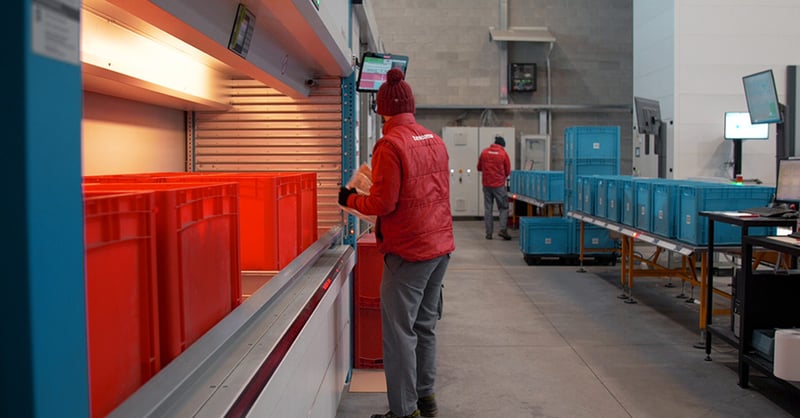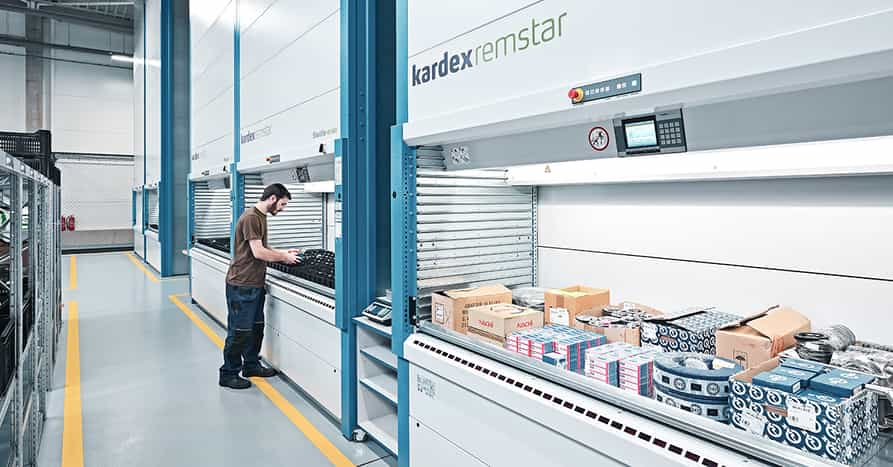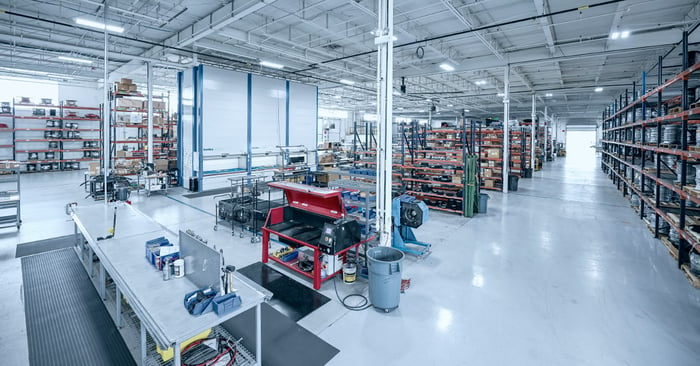There are several types of buffer storage strategies that are important in manufacturing and distribution; but the two most important are buffer stock (often referred to as safety stock) and process buffering.
Buffer Stock vs. Process Buffering
Buffer Stock is the practice of holding additional inventory to account for variations in your supply chain and limit the impact on your operations. In a perfect world, suppliers and orders would be consistent and reliable and buffer stock wouldn’t be necessary. In this instance buffering becomes somewhat of an art form with operations managers trying to navigate the delicate balance between overstocking and inventory shortages.
Overstocking inventory consumes floor space in an already crowded warehouse and the additional costs eat into your bottom line. Part shortages can cause work stoppage and bottlenecks within the manufacturing process, negatively impacting the amount of product going out the door. Maintaining an optimal buffer stock level is key.

Process Buffering is the practice of planning for a wait or hold step within the manufacturing process. For example, if a finished product has a three-step process, and the second step – painting, requires 48 hours to dry before step three can be completed there should be a wait or buffer process planned between steps two and three.
Failure to plan for process buffering can lead to process starvation – where step three is forced to starve until step two completes – and no one like to be hungry. The challenge operations managers face is keeping the right amount of painted “work in process” parts in inventory to avoid manufacturing bottlenecks. Employees waiting for paint to dry before they can complete their work isn’t good for anyone, especially your bottom line.
Implementing Buffer Storage Strategies In Your Warehouse
No matter what type of buffering your operations need, beware. Common buffer inventory storage systems such as mini-load systems and multi-shuttle solutions work well for managing buffer stock, but come with a hefty price tag. While these solutions work well in larger operations, they are not able to scale down to handle smaller volumes cost-effectively. Specifically operations only needing 1,000 to 5,000 buffer totes.
Let me introduce you to the new Vertical Buffer Module – specifically designed to buffer smaller volumes (1,000 to 5,000) of totes both cost-effectively and energy efficiently. For even smaller buffer stock storage quantities check out the Vertical Lift Module, Vertical Carousel Module or Horizontal Carousel Module – all providing high density, goods-to-person buffer stock storage.
How Inventory Buffering with Automated Storage & Retrieval Systems Works:
- Individual items, components, work-in-process or kitted parts are placed into the dynamic storage unit by an operator. Buffer stock is held here in a secure and enclosed system preventing theft and damage until needed.
- To aid in inventory buffering, inventory management software provides real time inventory quantity reports, has minimum and maximum quantity alerts to eliminate shortages and can deliver items in FIFO order if needed.
- For process buffering, inventory management software can alert the system operator when the buffered goods have completed the wait step and are ready to continue in the manufacturing process.
- For a highly automated solution, the buffer unit can be integrated with a conveyor system to automatically deliver buffered items directly to a manufacturing work cell.
Benefits To Expect With An Automated Buffer Storage System:
- Fast and efficient buffering of lightweight, small-volume parts
- Eliminates operator travel time
- Limited access ensures security of buffered inventory
- Uses less energy than larger mini-load and multi-shuttle systems




